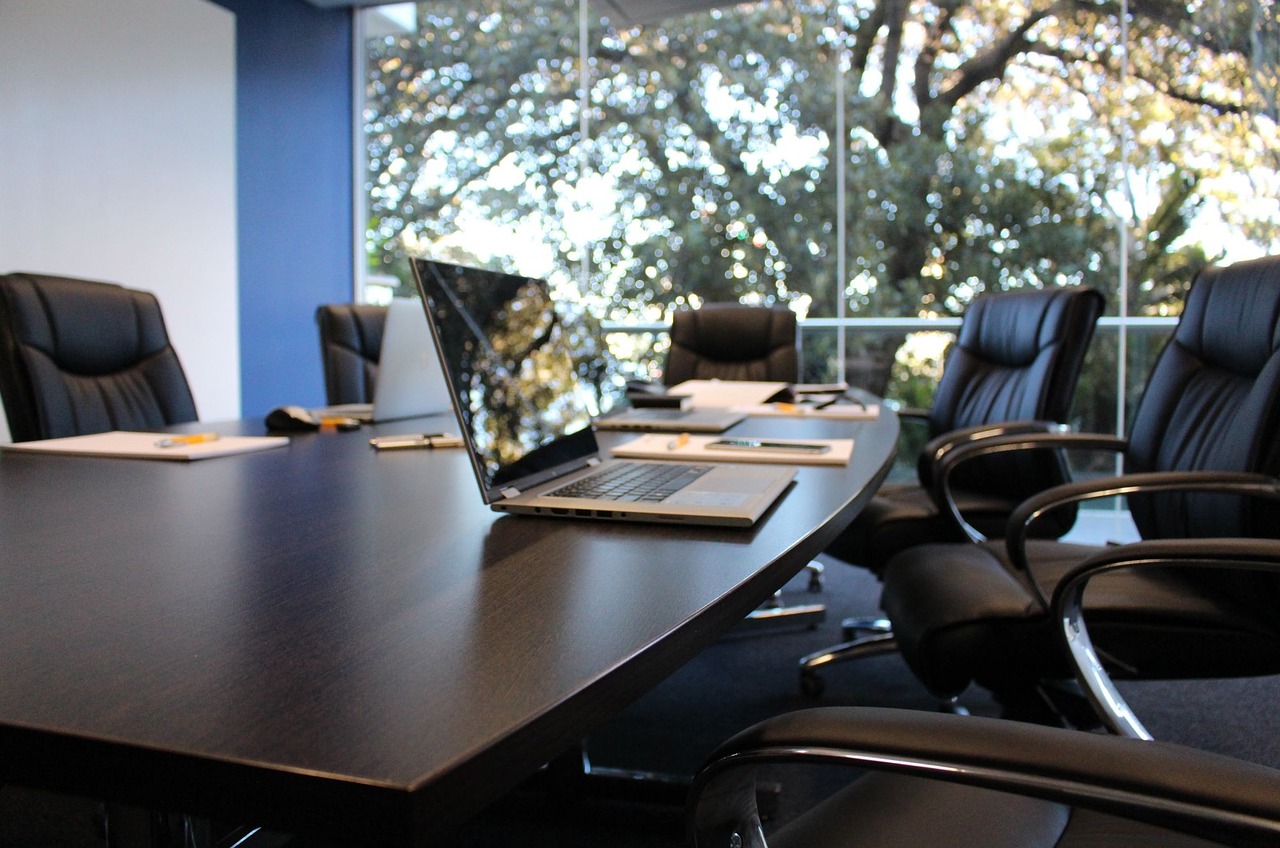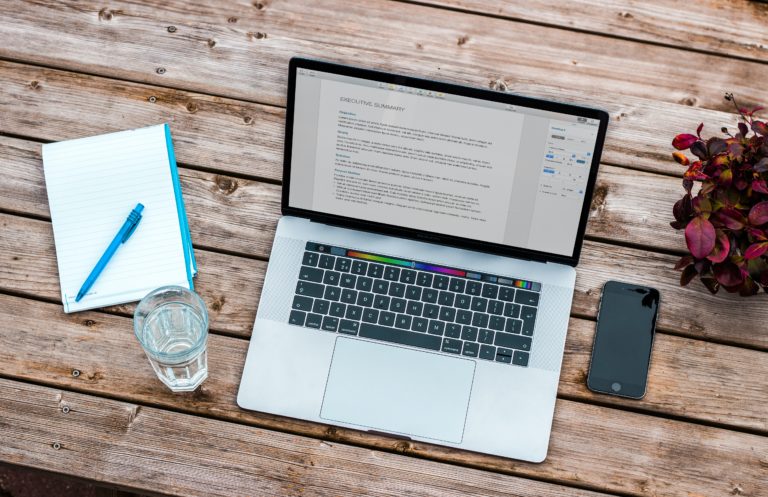How To Sit During An Interview: 10 Tips
Your body language and posture during a job interview can have an impact on the hiring manager’s perception of you, regardless of how well your interview answers go. How to sit during an interview includes good posture which makes you appear more confident and in command, which might help you appear like Your background and experience will make you a more appealing candidate. Make a stronger first impression by using your posture and non-verbal signals. We’ll teach you how to sit in an interview and provide advice on how to improve in this post.
You can read more on how to stand out in an interview with team members here
Table of Contents
Why Is It Important To Know How To Sit During An Interview?
The knowledge of how to sit during an interview may be the little thing that lands you a follow-up meeting or job offer. Your interview posture, also known as the “power pose,” has an indelible first impression on the interviewer. Take this opportunity to put your skills to the test. You may be able to impress an employer with what you know. Furthermore, non-verbal signals and communication might send strong signals throughout a meeting. Make sure you have good posture so that it helps you make stronger statements instead of distracting you.
Job hunting quick guide for beginners on open interviews.
What Impact Does Body Language Have On How To Sit During An Interview?

Why should you learn how to sit during an interview? Body language may have an impact on the hiring manager’s view of you and his or her reaction to your interview. This strong non-verbal tool might provide the interviewer with information about your:
- Moods and Feelings. What type of person are you? Even though it may appear to be so, many people think outside the box. They’re confident because they know what they’re up against. -> What kind of personality do you have? Many individuals believe outside the box, even if it appears to be so. They’re self-assured
During an interview, keep your front body open and appealing to show interest and friendliness.
How To Sit During An Interview
Chances are that sitting in an interview with your feet on the ground, head up and shoulders back will impress your interviewer. This is why you should learn how to sit during an interview. Calm breathing is also an excellent method to reduce nervousness before a job interview. Here are some tips for preparing before the meeting:
- Take a seat in the rear of the chair. Invite the interviewer to sit down, then sit firmly and slide all the way back into the chair instead of resting on the edge. Having your back against the chair shows confidence and can help you sit up straight and maintain good posture throughout the interview. If you have a choice of chairs to sit in, select one with a straight back rather than a couch or a cushioned chair.
- Lean forward. Lean forward slightly when listening to the hiring manager or responding to a question to demonstrate your interest and engagement. To avoid slouching or hunching, keep your shoulders back and chest high while leaning in. Avoid leaning backward or to one side; this may signal disinterest.
- Keep both feet on the ground. Avoid crossing your legs at the knees, which may be interpreted as defensive, or placing an ankle over one knee, which might appear unorganized. To project confidence and professionalism, cross your ankles or keep both feet on the ground. Don’t fidget with your feet or legs too much; doing so might be distracting and reveal anxiety.
- Tilt your head to one side. Lean your head slightly to one side from time to time in order to appear approachable and interested in what the interviewer is discussing. It’s better not to look down unless you’re taking notes or referencing your CV.
- Make eye contact. When conversing with the hiring manager, maintain eye contact to establish a positive connection. When responding to a question, keep eye contact for 10 seconds, and look away briefly before returning your attention to the interviewer. If you’re being interviewed by a panel of people, look briefly at the other interviewers while responding to the person who asked the question.
- Nod. When the hiring manager speaks, nod your head on occasion. This action demonstrates that you are attentive and interested in what they are saying. Smile at the appropriate moments to show your enthusiasm.
- Control your hands. Place your hands loosely in your lap or on the table or armrests in a way that looks confident and helps you relax. Don’t fidget or act strangely, such as stroking your face or hair. Defend yourself by folding your arms; don’t touch your head or hands while talking – this will make you look nervous. If you’re not sure what to do with your hands during a conversation, try gesturing naturally and modestly.
- Avoid nervous habits. Tapping your foot or fingers, fidgeting, cracking your knuckles, twirling your hair, and biting your nails, are all signs of anxiety. It’s preferable to avoid these actions while appearing competent in front of hiring supervisors.
- Respect personal space. In most interviews, the chairs are set around a table or in a room in predetermined places. However, if you do not have a table between yourself and the hiring manager, maintain at least 3 feet of space to make sure the interviewer feels comfortable around you. If they lean away from you or cross their arms, you might be getting too close.
- Maintain an open posture and sit in a position that makes you feel comfortable so that you can focus your attention and energy on answering questions.

Tips For Improving Body Language
Practice how to sit during an interview and engage in conversations with friends or family before coming to an interview. Use the following guidelines to improve your posture and body language:
- To help you relax and stop fidgeting during the interview, spend time practicing deep breathing. To decrease your heart rate before entering the interview room, take 10 deep breaths beforehand.
- Before your job interview, examine your hair, clothing, and posture in a mirror to ensure that you are looking neat and professional.
- Even if you’re a little uncomfortable, such as when someone shakes your hand too hard, look people in the eye, nod your head, smile, and feel more at ease.
- Maintain the interviewer’s manner and level of formality or ease during the encounter.
- Keep an eye on the interviewer’s nonverbal cues to see whether they show signs of boredom or anxiety, which might indicate that you need to modify your body language. Looking away or resting your head on your hand may indicate that you’ve spoken for too long or lost their attention.
- Work with an interview coach to fine-tune your body language and nonverbal signals.
It is as essential to practice how to sit during an interview as it is to practice how to answer questions during the interview. It should be included in your interview preparation procedure.






